Have I mentioned I am going on vacation? Not really doing much but not doing much is exactly what I want to do. Napping. Snoozing. The whole rang of middle aged man stuff. Mowing will be in there, too. Snacking in Montreal defo. Perhaps a trip to a nearby brewery will be in order. Hmm. Haven’t taken two weeks off in a row for a few years given obligations and stuff. This could be interesting. But enough about me. On with the week in beer news!
First off, Boak and Bailey posted a long and interesting piece on the beer scene in Leeds, England from the 1970s to now. I particularly like their choice to rely on chronologically ordered quotes from locals:
What follows is based on emails and interviews, some dating as far back as 2013 (John Gyngell and Christian Townsley), others from the past month or so, with light editing for sense and clarity. We’ve also used a quote from Richard Coldwell’s blog because we get the impression he wouldn’t want the mere fact that he sadly died in July stop him contributing on a subject about which he was so passionate.
Excellent stuff. And, in case you did not know The Hammer has a beer scene, too. Scene mapping is a good thing. Good baseline data to return to down the road.
We can complain all we want, but it was craft brewers and our “advocates” who gave away the store. WE declared that “craft beer is dead”, WE gave away the power of nomenclature for quick success (what is “IPA”? Anyone? Anyone?). It’s a bit late now to complain, is it not?
Speaking of which: “Loving this alcohol-free breakfast-blend NEIPA”!?!?!?
Happily, not everything is a sham. I can only repeat what I wrote Wednesday morning immediately after reading Matt‘s piece on Harvey’s Best. “There are supposed deep dives and then, to use a phrase more common ten or more years ago, there is beer pr0n. This love letter is a bit beyond even that. Fabulous.” This is the paragraph that got me over my de rigueur ennui:
Walking past the kettle and into the adjacent room you are met with several stainless steel open fermentation vessels on either side of a thin corridor. It is here that the wildness inherent within Harvey’s beers has nowhere to hide. So potent is the aroma produced by its proprietary strain of yeast—almost strawberry-like—it soaks into every crevice and pore. Waves of off-white foam—known as krausen, produced by the yeast during fermentation—cap several of the tanks. Others lie vacant, with those recently emptied marked by what looks like an immovable dark brown crust around the edge of the vessel. To this day, standing in that room is one of the most intense sensory experiences I can remember.
Yowza!
In other yowzly news, while we are all in favour of meaningful anti-bigotry efforts in the beer trade and greater society, this action by SIBA is quite remarkable:
We have reason to believe the individual behind this anonymous blog may work in our industry. The blog in question has been reported to the police.
The bigoted comments in question were apparently in response to the latest issues of the SIBA Journal on diversity. Here is more on that issue of the Journal which is likely all you need to know… unless you are with the police. Heather Knibbs adds some excellent connected context in a blog post about how not only SIBA but the GBBF have been taking more serious steps towards inclusion this year – then tells us why it is important to her:
In case it wasn’t clear, I am a woman. So for supporting this decision I will inevitably be labelled a femi-nazi or a liberal snowflake [a.k.a the world’s new favourite slur for anyone who refuses to humour your outdated opinions]. I think it’s a great decision that will hopefully lead to less women feeling intimidated by pubs. I wrote a piece in March about the progress being made within the brewing industry to be more inclusive of women, to which GBBF’s organiser Catherine Tonry contributed. Indeed progress has been made but from the feedback I’ve seen to this decision by the festival, the road to the finish line is as long as ever…
The job is not done, notes Laura of @Morrighani.
Speaking of love letters, Alistair wrote one from home to home about his (and my) people’s favourite beer, Tennents Lager:
Four mouthfuls in and the pint was gone, a fresh one on its way, then another, and another as we settled into the buzz and banter of the bar. At some point a pair of young girls came in, one with ID and one without, dolled up for a night on the town and pre-gaming before heading into Inverness. The gathered older folks, which Mrs V and I have accepted we are now part of, shared looks of recognition of days gone by, while the barman gave the IDless girl short shrift, and soon they were gone, while hands reached out for pints and the drinking continued.
In this week’s OCBG podcast, Robin and Jordan had a good personal discussion about mental health and alcohol, about how pervasive anxiety and depression are in the trade. It’s not an easy topic but it is a real issue. The health of beer writers has always been something not talked about and, with respect, it does not take a dramatic trauma to trigger it. The tensions that arise for anyone seeking success in the limited world of beer writing careers can itself be a self-damaging cause. Be safe out there. And, yes, drink less. Spit.
 Also in the UK, the Samuel Smith chain of pubs has apparently added a “no phones” policy to the “no swearing” policy which was noteworthy enough for noting in July 2017. An alleged copy of a notice in one pub is to the right. Wag-master Mudge observed:
Also in the UK, the Samuel Smith chain of pubs has apparently added a “no phones” policy to the “no swearing” policy which was noteworthy enough for noting in July 2017. An alleged copy of a notice in one pub is to the right. Wag-master Mudge observed:
As you know, I’m a big supporter of Sam’s, but the phone ban is a ban too far. They now have a big sign explaining it applies to everything including texting and web browsing. I was tempted to ask whether I could take a photo of it with my phone…
Turning around 180 degrees in terms of the transactional, wine writer Jamie Goode has commented on an interesting question in these recent times of exploding variety:
There has been a lot of chat on twitter about a food blogger who had a bad experience in a restaurant in Manchester. He began by ordering a bottle of Tondonia Blanco (a stunning, but distinctive white Rioja that I and most of my right-thinking friends adore), and then rejecting it because it wasn’t to his tastes. You can imagine the fall out.
He states that the only reason to reject a bottle of wine that is offered is faultiness which should be accepted, when raised by the customer, without opposition. Things gone off should be something you can refuse. But what if the thing that has gone off is the planning and execution rather than the cork? My habit is to not necessarily return a beer, say, but just not finishing but paying while ordering another giving me the right to say “man, did that one suck!” opening up a theoretical discussion not focused on the specific commercial context for the bartender.
Speaking of wine, wine has apparently passed beer as the UK’s most popular drink, according to a very wobbly survey.*
The large veg hobby has struck Mr Driscoll, brewer of Thornbridge.
Evan Rail has shared an interesting Radio Prague story on the discovery of a renaissance Czech brewery:
In medieval times in the Czech lands, only burghers officially had the right to brew beer, right up until the Treaty of Saint Wenceslas in 1517, which repealed the monopoly, and the nobility got into the game. But it was not until 1576 that Krištof Popel of Lobkovic installed a brewery at Kost Castle, in the new palace bearing his name that he had built alongside the original fortifications. Radek Novák says the excavation uncovered some vats in which beer was brewed, along with a kiln and foundations made of the sandstone abundant in the Bohemian Paradise region.
…and then he made a date with Mr. Fuggled himself to visit it.
Speaking of visiting, Stan has alerted me to the fact that Lars has added more dates to the kveik tour. I am not pleased. I already bought the Toronto ticket. I am half way between Toronto and Montreal and faaaarrr prefer Montreal. For the hotel rates alone. Plus the food. Plus it’s Montreal! But the Red Sox are in Toronto on the same night as the night on my ticket. Oh well. I may never meet Lars.
Enough!!! Over 1500 words. No dog days these. Expect more news on your internets soon. Boak and Bailey will be at the presses on Saturday and Stan should apply pressure to the big red “publish” button on Mondays. The OCBG Podcast should be there, too, for you audiophiles again on Tuesday! Me? Next week? I perhaps I will report back from Montreal. Who knows?
*Sorry for linking to The Sun.



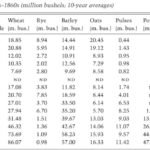
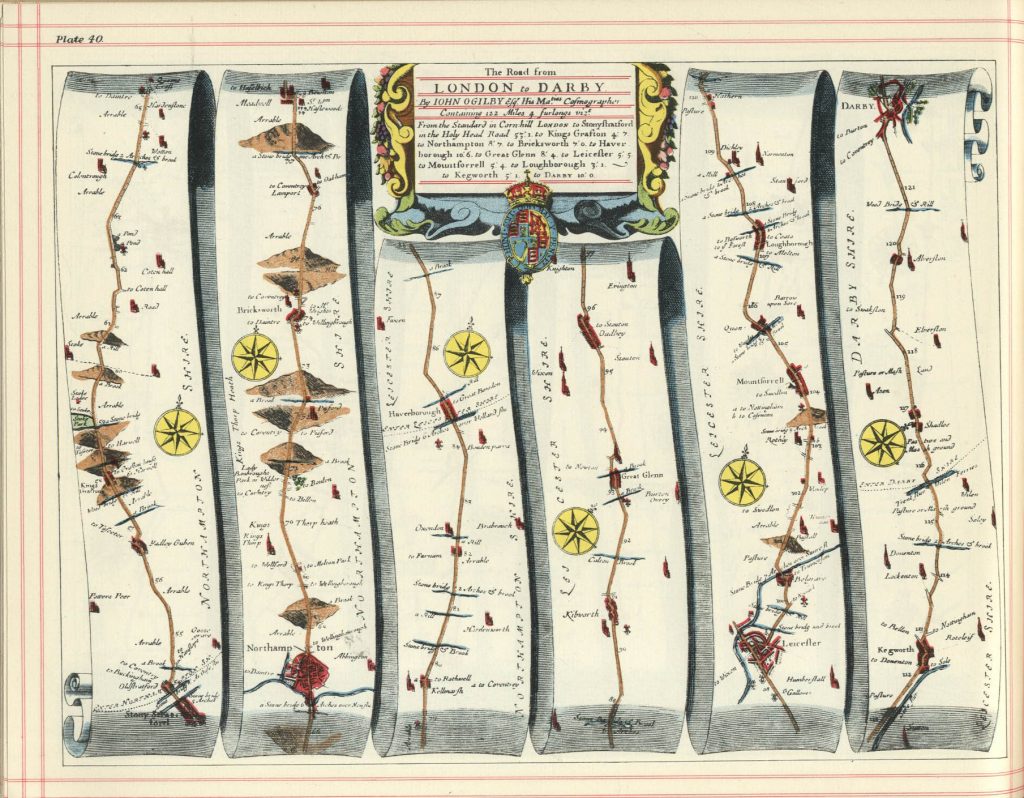


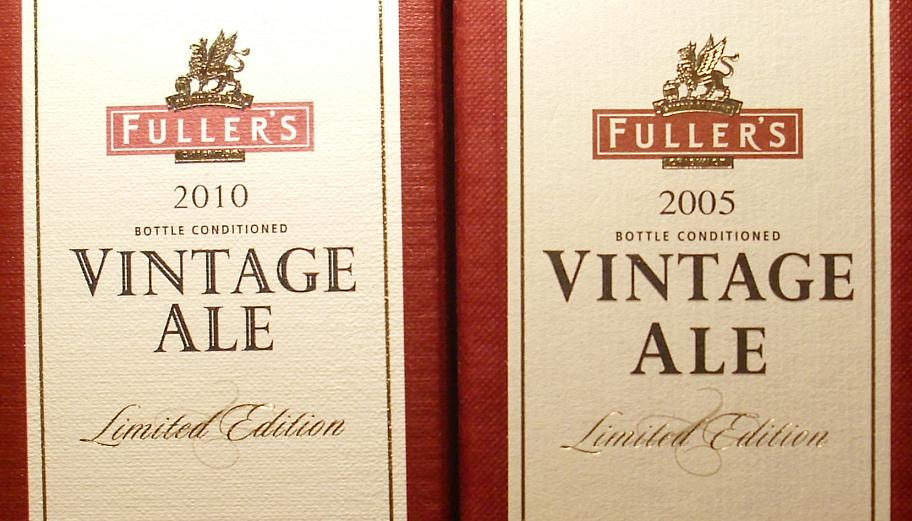
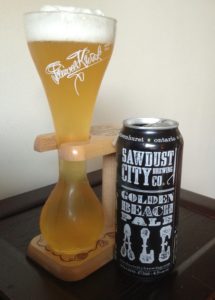 Ah, my least favorite glass ever meets my favourite brewery of 2016. I got the Kwak glass likely the best part of
Ah, my least favorite glass ever meets my favourite brewery of 2016. I got the Kwak glass likely the best part of 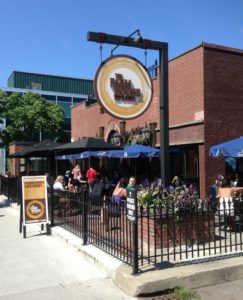 Back from the road. There is still time ahead away from work but my banker and I agree that we would do well to pull back from the Atlantic shore and pull into the driveway. Not that I am grumbling. It was the attack on marine life that I had been hoping for. Good restaurants are a training ground for both manners and inquiry. Or at least that’s what I tell the bankers. I picked
Back from the road. There is still time ahead away from work but my banker and I agree that we would do well to pull back from the Atlantic shore and pull into the driveway. Not that I am grumbling. It was the attack on marine life that I had been hoping for. Good restaurants are a training ground for both manners and inquiry. Or at least that’s what I tell the bankers. I picked 
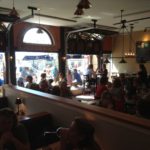









 Obviousness Update: Monsieur Noix of Ireland calls me out over the geography but I am mere puppet in this respect, parroting the brewery itself.
Obviousness Update: Monsieur Noix of Ireland calls me out over the geography but I am mere puppet in this respect, parroting the brewery itself.